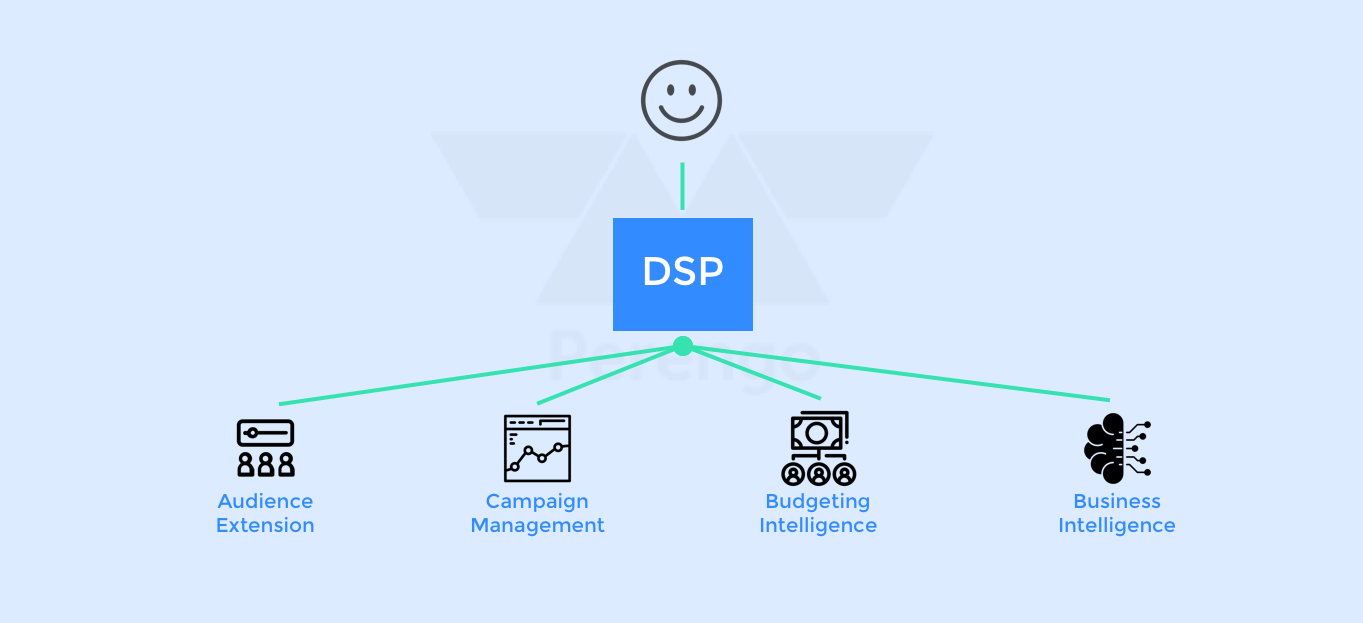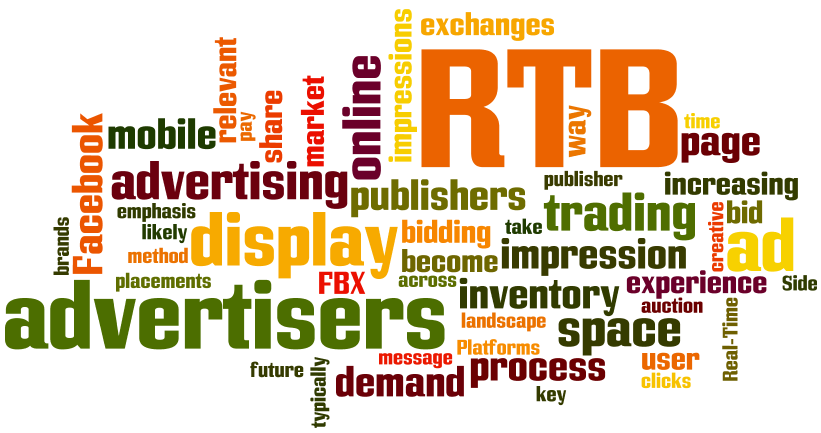Do you remember those heavy accounting books our grandparents used to deal with if they were accountants? One must address demand side platforms in the correct order to achieve your goals. Even a small mistake could ruin a day work and all the corrections could take time, too. However, life has changed when Excel was invented. Humanity moved from darkness to light.
In some sense, such a comparison is true for traditional advertising networks and Demand Side Platforms. Of course, the former ones offer some reports, but the whole system was so unclear: the Advertisers had little understanding of how their money was being spent, and what ROIs they were getting from the process.
There was still no way to figure out trends, make forecasts, or predict trends. Of course, the situation was much better in comparison with TV or radio advertising, but, as the saying goes, there is still something to strive for. With this intention in mind, Demand Side Platforms were evolved to offer better reporting services to brands and clients.
Different Ways The Demand Side Platforms can make things easier for you
There are different ways you can make use of the demand-side platforms for your business in ther best possible manner.
Benefits of DSP for the Future:
- First of all, it is transparent. DSP offers clients and brands an entire range of reporting facilities. More than the reporting, it is being aware of where your ads are being posted, on which sites, at which positions, and how much you are spending on them. This helps you plan strategically, and carefully as a brand manager.
- Native ads are very much in fashion now, the same goes for DSP. It is hardly possible to find anything better than programmatic native or RTB ad network. Actually, all popular formats are taken on board, try https://mediapulsertb.com/
- It is possible to say that the time of quick and quality decisions has come. The area is waiting for high-skilled analytics and advertising campaign managers who can make a decision very fast, during the campaign performance. DSPs give brand and clients the benefit of taking quick decisions with proper facts. This can make or break huge campaigns during festive seasons.
- Don’t hurry to say good-bye to advertising agencies. DSP shows marvelous results in direct contact with the clients, but if we talk about strategy farming or consultations – well, there still should be somebody at hand. DSPs do not intend to eliminate traditional advertising channels. In contrast, it can really help your traditional models of marketing.
- The reports tend to acquire analytical character and contain detailed information about primary data used for targeting. DSPs are famous for offering analytical solutions and reporting. They help tailor information according to the way that clients and brands want them.
Additional Benefits of DSP for the Future:
- The race for winning the market between traditional ad networks and programmatic is unlikely to be put to an end. The experts say, that it is unlikely to take a long time and, as networks adopt a lot of new approaches, there will be an amalgamation of the approaches. If everybody becomes equal it will be not about who is better – but let’s treat things as they come in.
- The whole industry is quite certain to cut down the prices and many companies have already started thinking about new features or services offering to stand out of the line. The digital domain is all about evolving according to how technology changes. It is also about offering the maximum amount of convenience. DSPs help solve both these concerns.
Digital advertising is a very rapid niche that changes the same fast as a baby infant. Who knows, maybe in a month we will see some more tremendous changes? The key is to remain ahead of the curve and adopt strategies and technologies that help us stay ahead of our competition.
It is only through DSPs that the future of advertising online can be changed for the better.
Read Also:
- Essentials For Digital Marketing
- 5 Types Of Digital Marketing
- How To Make Money On Youtube
- Signs Your Traditional Marketing Campaign Is Working
featured image: perengo.com






















